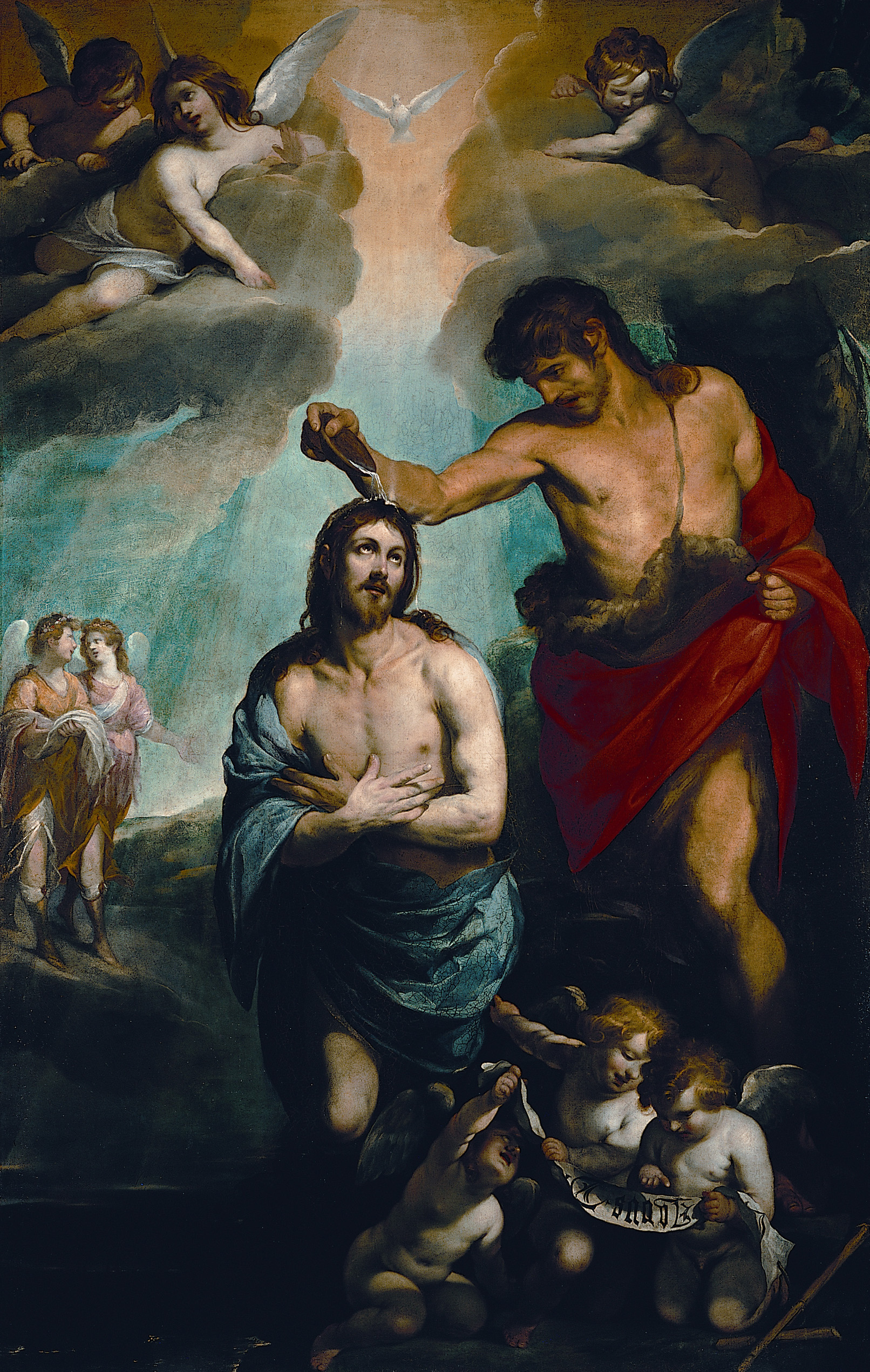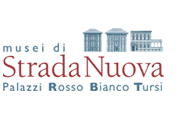
Click here to view image
Baptism of Christ
Borzone, Luciano
painting
PB 348
Unità di misura: cm; Altezza: 252,5; Larghezza: 163
olio su tela
This great painting by Luciano Borzone, a Genoese painter very close to the ways of the Lombard artists Procaccini, Crespi and Cerano, constituted the altarpiece of the chapel of San Giovanni in the church of Santo Spirito in Genoa, of which Borzone had signed the entire decorative apparatus. It consisted of six smaller canvases, unfortunately dispersed after the dissolution of the religious orders, implemented since 1798 by the Ligurian Republic, making it impossible today to rebuild the whole.
Borzone’s works "in order to be brightly coloured and very well studied in the poem induced Orazio Gentileschi to look for who was the author, and to visit him in his house to buy his friendship, which was between them while they lived inseparable"Thus Soprani, in his Vita de' Pittori e Scultori e Architetti Genovesi (1674), refers to the impression of an artist of fame as Gentileschi before the art of the Genoese master.
The mention of Gentileschi also provides the terminus ante quem of the execution of the work that is placed between 1620, the date of the construction of the chapel and 1621, when the master, during his stay in Genoa, saw it.
It is a youthful work, therefore, but already a masterpiece, in which the master manages to cleverly combine the Venetian culture with the Tuscan. The sobriety of the stage, on which they play a dazzling color and chiaroscuro lighting effects, elegantly highlights the grandeur of a ceremony meditated, solemn, but at the same time affectionate. The delightful scene of the cherubs intent on interpreting the inscription on the bindello forgotten by the Baptist, is a test of skill in the rendering of soft chiaroscuro, contributing to attenuate the austere tone of the ensemble.




